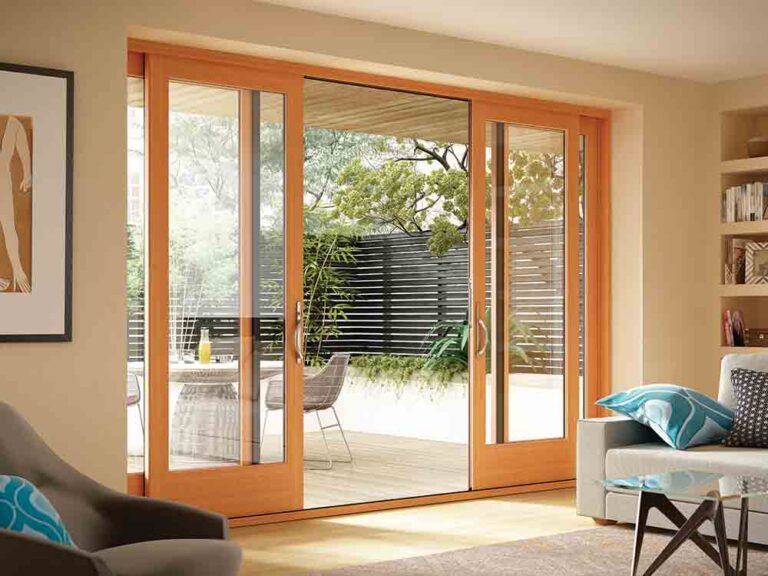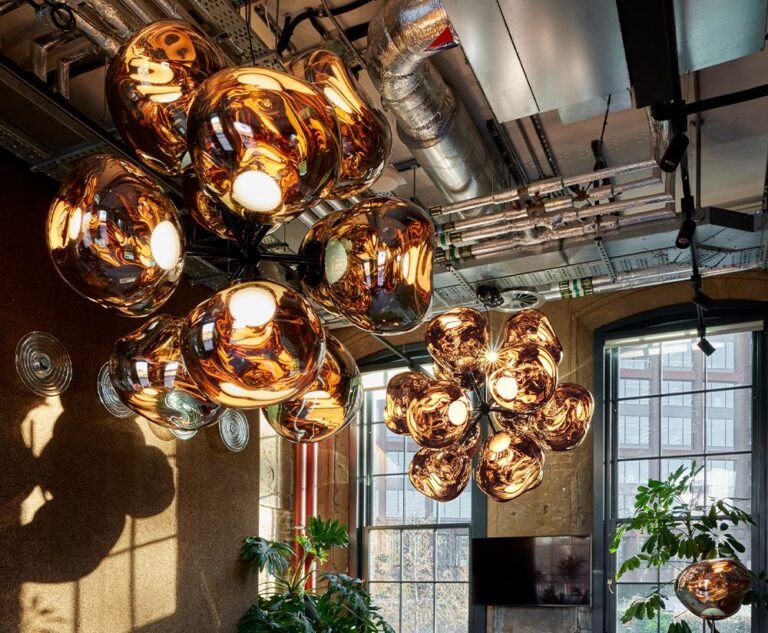Architectural Molding: Enhance Your Home with Elegant Designs
Architectural Molding: A Key Element in Elegant Home Design
Architectural molding has long been a staple in sophisticated interior design, adding elegance and character to any space. Whether you’re looking to enhance a modern home or restore a classic, architectural molding can be the perfect finishing touch. This article delves into the world of architectural molding, highlighting its benefits, providing detailed information on top products, and guiding you on how to incorporate this timeless feature into your home.
Understanding Architectural Molding
Architectural molding, often referred to as trim or millwork, includes a variety of decorative elements such as baseboards, crown molding, chair rails, and wainscoting. These features are designed to create visual interest, define spaces, and add a sense of craftsmanship to any room. They can be made from various materials, including wood, plaster, and synthetic composites, each offering its own set of benefits and applications.
Benefits of Architectural Molding
Incorporating architectural molding into your home offers numerous advantages. Not only does it enhance the aesthetic appeal, but it also adds value to your property. Molding can hide imperfections, protect walls from damage, and create a cohesive look that ties different elements of a room together. Moreover, it allows homeowners to express their personal style, from minimalist and contemporary to ornate and traditional.
Top Architectural Molding Products

- Focal Point Products Crown Molding
- This lightweight polyurethane molding is easy to install and perfect for adding elegance to ceilings. It’s moisture-resistant and can be painted to match any decor.
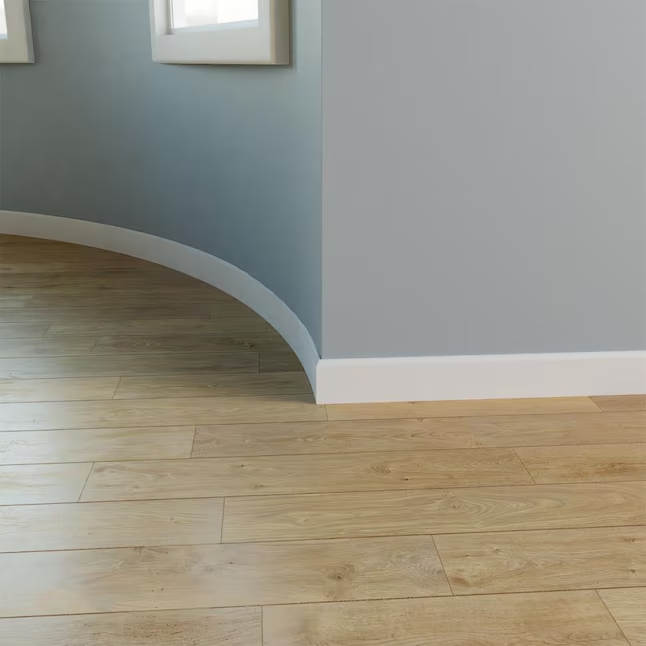
- Ekena Millwork Baseboard Molding
- Made from durable MDF, this baseboard molding is ideal for high-traffic areas. It’s pre-primed and ready to paint, offering a cost-effective solution for enhancing your interior.
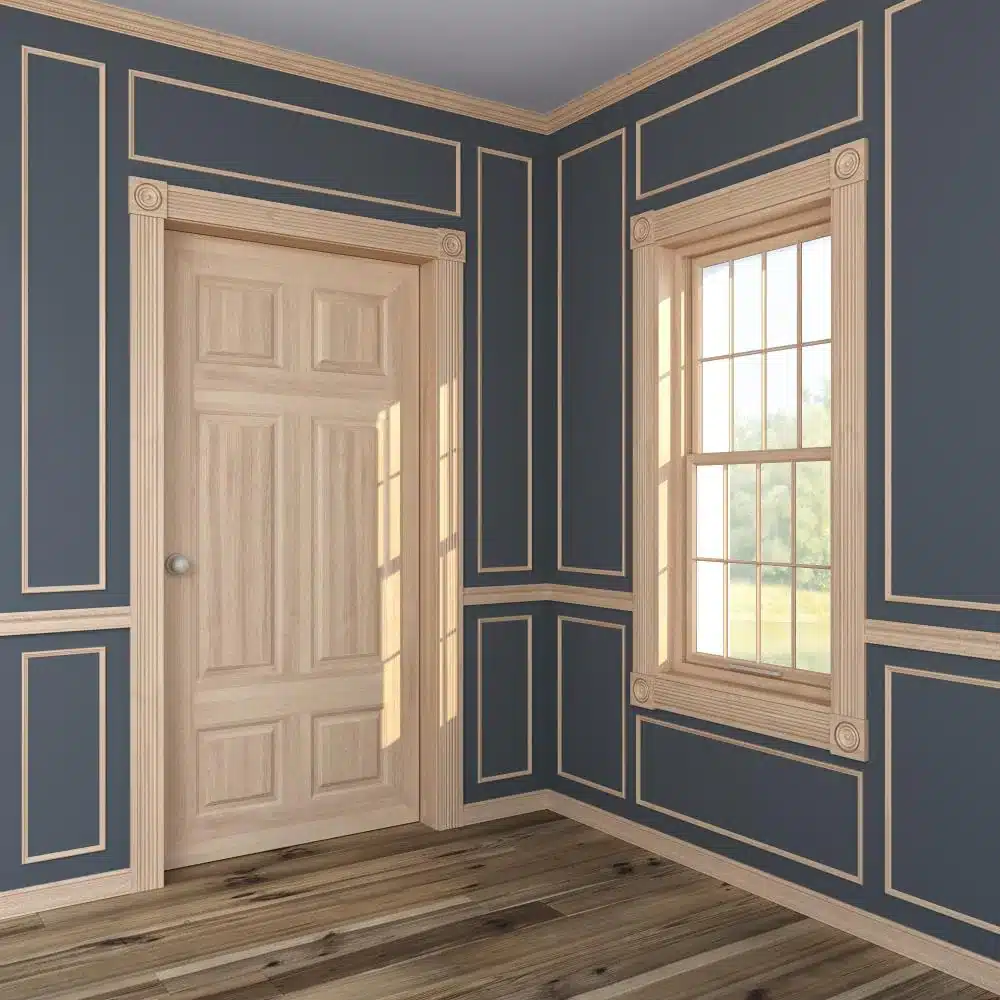
- Ornamental Mouldings & Millwork Chair Rail
- This chair rail molding adds a classic touch to dining rooms and hallways. It’s crafted from solid wood, providing a timeless appeal.
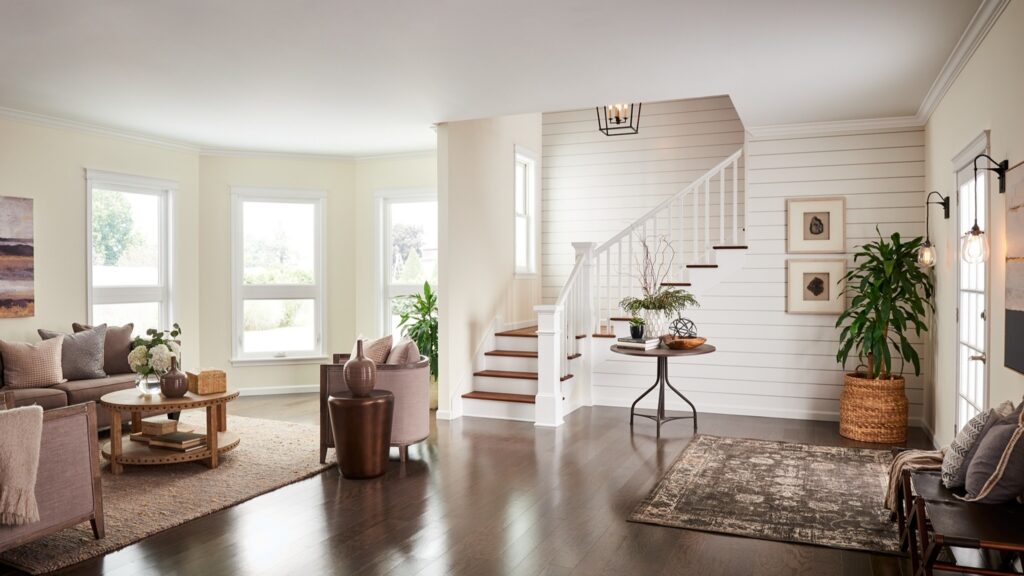
- Metrie Complete Wainscoting Kit
- Perfect for DIY enthusiasts, this wainscoting kit includes all the components needed to create a paneled effect on walls. It’s available in various styles, from traditional to modern.

- Fypon Decorative Molding
- This versatile molding can be used for both interior and exterior applications. It’s made from high-density polyurethane, making it resistant to insects and moisture.
Comparing Architectural Molding Products
When choosing architectural molding, consider factors such as material, style, and installation requirements. Wood moldings offer a natural and authentic look but may require more maintenance. Synthetic materials like polyurethane and MDF are more affordable and easier to install but may lack the warmth of real wood. Additionally, consider the complexity of the installation—some moldings may require professional assistance, while others are suitable for DIY projects.
Benefits of Installing Architectural Molding
Installing architectural molding can significantly enhance the overall look and feel of your home. It adds depth, texture, and a sense of luxury to any space. Moreover, it can be customized to suit various architectural styles, whether you’re aiming for a sleek, modern look or a more traditional, ornate design. Beyond aesthetics, molding also serves practical purposes, such as protecting walls from scuffs and damage.
Where to Buy Architectural Molding
Architectural molding is available at most home improvement stores, both online and in physical locations. Some popular retailers include Home Depot, Lowe’s, and Wayfair. Prices can vary widely depending on the material and style you choose, with options ranging from budget-friendly MDF to high-end solid wood and plaster moldings.
Use Cases for Architectural Molding
Architectural molding can solve several design challenges. For instance, crown molding can make a room appear taller, while baseboards can conceal uneven flooring edges. Wainscoting can add texture and interest to otherwise plain walls, and chair rails can protect walls from furniture damage. Additionally, decorative moldings can be used to frame doors and windows, adding a touch of elegance to your interiors.
How to Buy and Where to Buy
When purchasing architectural molding, consider both your budget and design preferences. Online retailers like Amazon and Wayfair offer a wide selection, often with customer reviews to help you make an informed decision. For a more personalized shopping experience, visit local hardware stores or specialty shops where you can see and feel the products before buying. Be sure to measure your space accurately and purchase a little extra molding to account for any cutting errors.
FAQs
- What is the best material for architectural molding?
- Wood is the most traditional and durable, while polyurethane offers easy installation and moisture resistance.
- Can I install architectural molding myself?
- Yes, many moldings are DIY-friendly, especially those made from lightweight materials like polyurethane or MDF.
- Does architectural molding add value to a home?
- Architectural molding can enhance your home’s aesthetic appeal and increase its market value.
This article provides comprehensive information on architectural molding, ensuring that you’re well-informed before making a purchase. Whether you’re renovating an existing space or building from scratch, architectural molding is a powerful tool for adding elegance and character to your home.

